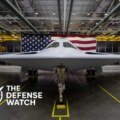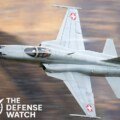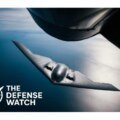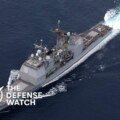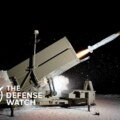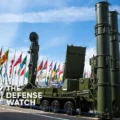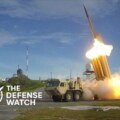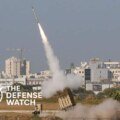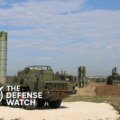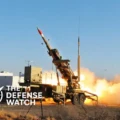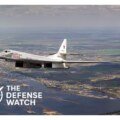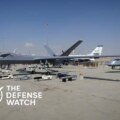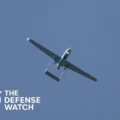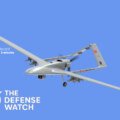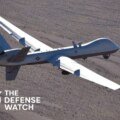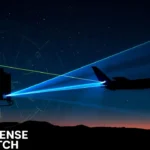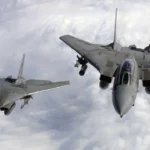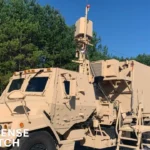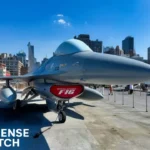- Home
- Catalog
- Fighter Jets
- B-21 Raider (Stealth Bomber) Fighter Jet
B-21 Raider (Stealth Bomber) Fighter Jet
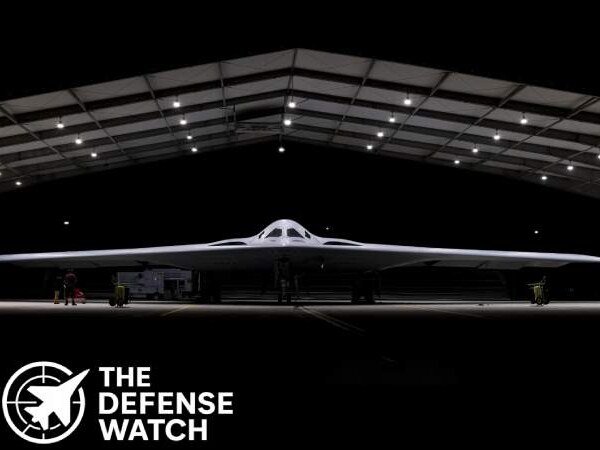

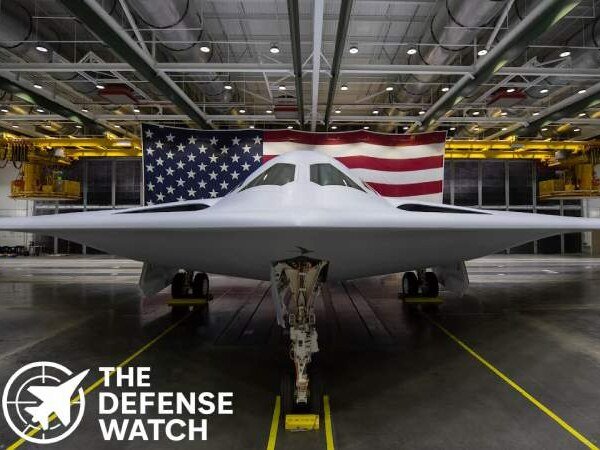
Full Specifications
General Information
| Name | B-21 Raider |
| Manufacturer | Northrop Grumman |
| Country of Origin | United States |
| Type / Role | Strategic Stealth Bomber |
| Generation | Sixth |
| Status | Pre-production / Testing |
| First Flight | 2023 |
| Introduction / In Service Since | Expected 2027 |
| Number Built | 6 (prototypes) |
| Operators | U.S. Air Force |
Dimensions & Structure
| Length | ~65 ft (20 m) |
| Wingspan | ~172 ft (52 m) |
| Height | ~20 ft (6 m) |
| Wing Area | Classified |
| Empty Weight | Classified |
| Maximum Takeoff Weight (MTOW) | ~170,000 lb (estimated) |
| Internal Weapons Bay | 2 |
| External Hardpoints | None (stealth configuration) |
Performance
| Maximum Speed | ~Mach 0.95 |
| Range | >6,000 nautical miles |
| Combat Radius | ~2,500+ nautical miles |
| Service Ceiling | 50,000 ft (estimated) |
| Rate of Climb | Classified |
| Thrust-to-Weight Ratio | Classified |
| G Limits | Unknown |
Powerplant
| Engine Type | Turbofan (classified) |
| No. of Engines | 2 |
| Thrust (each) | Estimated 17,000–19,000 lbf |
| Thrust Vectoring | No |
| Fuel Capacity | Classified |
Armament
| Gun | None |
| Missiles (Air-to-Air) | None |
| Missiles (Air-to-Ground) | JASSM-ER, LRASM, Hypersonic (future) |
| Bombs | B61, B83, JDAM, nuclear payloads |
| Hardpoints | Internal only |
| Payload Capacity | ~30,000 lb (estimated) |
Avionics & Systems
| Radar | AESA radar (classified type) |
| Radar Range | Classified |
| Electronic Warfare (EW) System | Integrated AI-driven EW suite |
| Targeting System | Advanced multi-spectral targeting |
| Helmet Display | N/A |
| Navigation | GPS/INS with AI correction |
| Autopilot / AI Assistance | Yes (autonomous capability) |
| Communication | Encrypted satellite and data-link systems |
Stealth & Technology
| Radar Cross Section (RCS) | Extremely low (classified) |
| Stealth Features | Flying wing, RAM coatings, edge alignment |
| Infrared Signature Reduction | Engine shielding, thermal management |
| Sensor Fusion | Full-spectrum digital integration |
| Networking Capabilities | Joint all-domain command connectivity |
Variants
| Special Export Versions | None (U.S.-only program) |
Operational History
| Major Conflicts / Deployments | None (pre-service) |
| Notable Operators | USAF, Ellsworth AFB |
| Combat Proven? | No |
| Mission Types | Strategic strike, nuclear deterrence, ISR |
Cost & Program
| Unit Cost | ~$692 million (FY2022 estimate) |
| Development Cost | ~$25 billion (program total) |
| Program Name | Long Range Strike Bomber (LRS-B) |
| Funding Countries | United States |
Additional Information
| Upgrades Planned | Hypersonic integration, drone control capability |
| Future Replacement | None (expected to serve through 2050s) |
| Export Restrictions | Strictly U.S.-only |
| Notable Achievements | First fully digital stealth bomber |
| Competitors | China’s H-20, Russia’s PAK DA |
PROS
- Next-generation stealth and low radar cross-section
- Dual conventional and nuclear capability
- Modular design allows rapid system upgrades
- AI-assisted mission and maintenance systems
- Long-range global strike capability
CONS
- Extremely high development and unit cost
- Limited publicly available performance data
- Dependence on classified technologies
- Maintenance-intensive stealth coatings
- Potential vulnerability to evolving air defenses
B-21 Raider (Stealth Bomber): America’s Next-Generation Stealth Bomber
The Northrop Grumman B-21 Raider represents the cutting edge of U.S. strategic deterrence and long-range strike capability. Designed as a sixth-generation stealth bomber, it succeeds the B-2 Spirit, blending stealth, range, and digital adaptability. Developed under the U.S. Air Force’s Long Range Strike Bomber (LRS-B) program, the B-21 aims to deliver both conventional and nuclear payloads deep into contested airspace.
Design and Capabilities
Crafted with an emphasis on low observability, the B-21 employs next-generation radar-absorbing materials, sensor fusion, and modular open-systems architecture for future upgrades. Its flying wing configuration minimizes radar signature while maximizing internal weapons capacity. The aircraft’s AI-assisted mission management, advanced networking, and multi-domain interoperability enable it to operate with autonomous drones and allied systems.
The B-21 has an estimated combat radius exceeding 2,500 nautical miles, with global reach when supported by aerial refueling. While official performance data remains classified, analysts expect it to cruise near subsonic speeds similar to the B-2, optimized for endurance and stealth over speed. The bomber will carry a variety of precision-guided munitions, including JASSM-ER, B61 nuclear bombs, and hypersonic weapons in the future.
Strategic Role
Expected to enter service by 2027, the B-21 will form the backbone of America’s future bomber fleet, replacing both the B-1B and B-2. Its combination of digital stealth, AI-enabled operations, and global strike reach ensures U.S. air dominance well into the 21st century.
| Field | Example |
|---|---|
| B-21A | Base production model (USAF) |
| Special Export Versions | None (U.S.-only program) |
Reviews
Disclaimer Note
The information provided on TheDefenseWatch.com is for general informational purposes only. While we strive to ensure the accuracy, completeness, and timeliness of our content regarding defense and aerospace products, technologies, and specifications, we cannot guarantee that all information is 100% accurate or up-to-date due to the evolving nature of military technology and classified data. TheDefenseWatch.com does not warrant the reliability, suitability, or availability of the information for any specific purpose. Users are advised to consult official sources, such as manufacturers, government publications, or defense agencies, for precise and verified data before making decisions based on our content. We are not affiliated with any defense manufacturers, governments, or military organizations mentioned. Opinions, reviews, and ratings reflect expert analysis but are subjective and should not be considered endorsements. TheDefenseWatch.com is not responsible for any errors, omissions, or consequences arising from the use of this website’s content. External links are provided for convenience and do not imply endorsement. TheDefenseWatch.com reserves the right to update or modify content without prior notice. By using this website, you agree to our Privacy & Cookies Policy.

